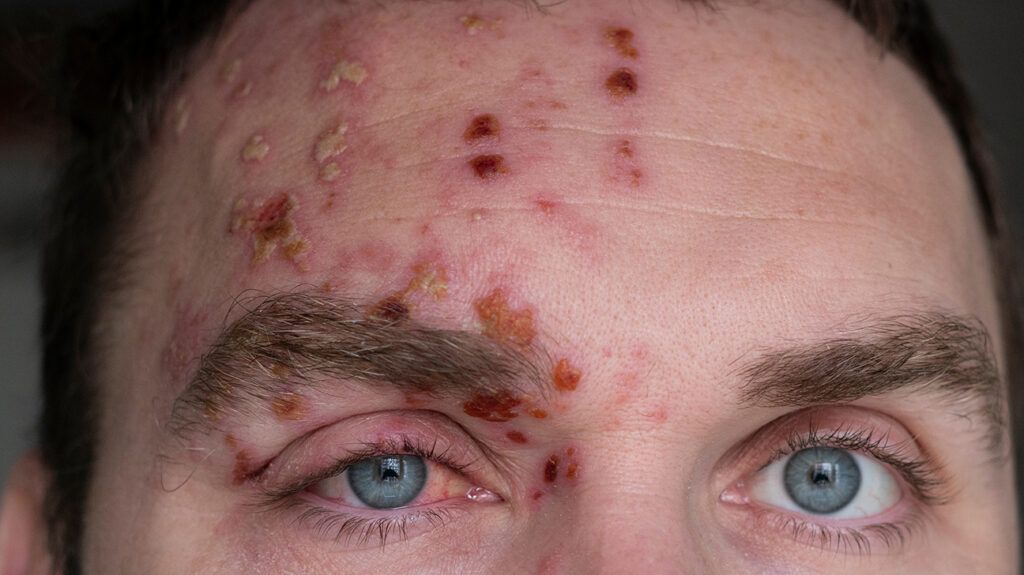Is Shingles Contagious?

It's important to understand how contagious shingles is and how to prevent it from happening. This article will discuss the symptoms, causes, treatment, and prevention. You can prevent it by following a few precautions. The first step is to cover your blisters. Change your dressing frequently. Don't share towels and wash them thoroughly after each use. Changing your dressings will help protect you and others from the fluid that is released when blisters rupture.
Symptoms
The most common symptom of shingleis a blistery red rash. It is caused by a virus known as varicella-zoster. People who have had chickenpox are especially vulnerable to shingles. It can also affect the face, ears, and neck. The condition affects a single sensory nerve ganglion near the spinal cord. Because of the nerve involvement, the rash is often localized. Patients may experience a fever, chills, or a headache.
While shingles is usually a temporary condition, it can cause a lifetime of pain and complications. The rash usually appears on one side of the body. It is often painful to touch, and may appear as a scaly crust. The skin usually returns to normal after a few weeks. However, more serious cases can cause scarring and secondary bacterial infections. The virus is spread via contact with fluid from the blisters, as well as by touching infected skin.
Causes
A person with shingles has several different symptoms, but the most common are severe pain on one side of the body, burning, and constant aching. The pain may also have a piercing or stabbing sensation. The affected area is also very tender. Some people experience fever and chills along with the pain. If you experience any of these symptoms, seek medical attention immediately. Early treatment can reduce the pain and help prevent complications.
The pain of shingles can be controlled with paracetamol, codeine, or other anti-inflammatory painkillers. In severe cases, strong painkillers may be prescribed. In some cases, a neurologist or pain specialist may be consulted.
Treatment
Treatment for shingles is possible, but only with the right diagnosis. If the condition is not caught early, it can be very painful. Antiviral medications can help ease the symptoms and make the disease go away sooner. Prevention is the best treatment, as the chickenpox vaccine and shingles vaccination can help prevent the condition. The disease is not contagious, but it can be serious if it develops in the eye or brain. In severe cases, it can cause blindness or even death.
Treatment for shingles usually consists of antiviral and pain-relieving medicines. Although these medicines cannot get rid of the virus, they can speed up healing and reduce the risks of complications. Patients should also stay clean and avoid using lotions and creams, which may irritate the skin.
Prevention
Prevention of shingles is important for avoiding a painful and debilitating disease. The rash of shingles is blister-like and can last anywhere from one to 14 days. After the rash is present, the affected person should keep it covered and avoid scratching or touching it. It is also important to wash hands often to avoid spreading the disease. Once the rash scabs, the person is no longer contagious.
Treatment for shingles involves taking antiviral medications and taking anti-inflammatory medicines. Treatment should begin within 72 hours of the first rash. If the disease is caught too late, the medicines may not be effective. Treatments should be taken regularly.




